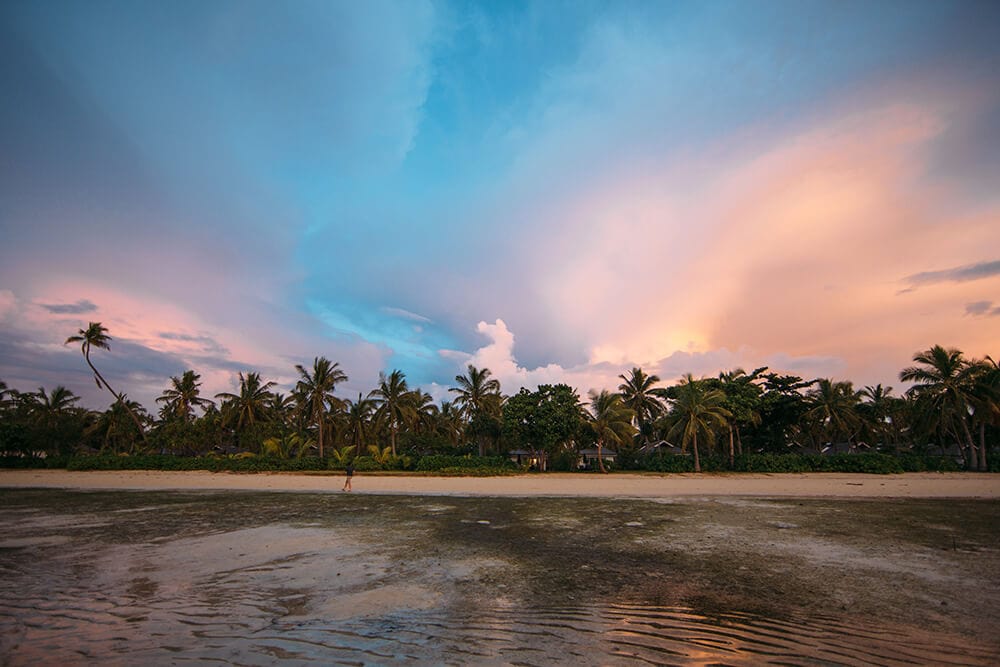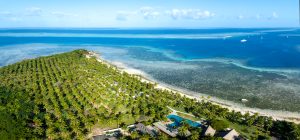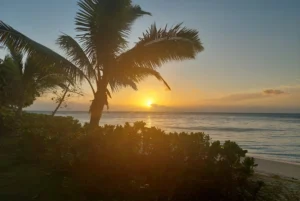Get the most out of Fiji in every season

Fiji’s climate ranges from tropical to equatorial, meaning that beautiful sunshine, mild to warm temperatures, and light, localised rainfall are always a feature.
Fiji’s tropical climate means that it doesn’t have ‘seasons’ in the same sense that other more northerly or southerly nations do. Instead, Fiji has a distinct winter – or dry season – and summer – or wet season – with climate and weather remaining fairly predictable within those two periods.
The average temperature in Fiji is 25°C/77°F, but it can climb to above 30°C/86°F in summer and sink to 18°C/64°F in winter. Water temperatures are also quite steady, averaging around 27°C/81°F throughout the year.
Summer: December – April
Summer in Fiji is the wet season, characterised by higher temperatures, higher rainfall, and great surfing. Most of Fiji’s annual rainfall occurs during these months, in the form of heavy, brief local showers. Annual rainfall on the main islands is between 2000mm and 3000mm on the coast and low-lying areas, and up to 6000mm in the mountains.
Smaller islands such as Malolo Lailai will typically get less rainfall than larger ones. Depending on where they are and what their size is, rainfall on the smaller islands ranges from 1500mm to 3500mm.
A side effect of all these storms is great surfing, as swells increase in size and frequency. While you’ll still be able to leave the wetsuit at home, be sure to keep an eye on swell reports and only surf the larger breaks if you’re confident and experienced with them.
Pack light clothes made from natural fibers, a sun hat, a scarf for the breeze, a light sweatshirt for the evening, and a light raincoat or umbrella. As with all humid climates, mosquitoes will be more prevalent throughout the wet season, so be sure to bring your favourite DEET-free mosquito repellent – DEET has been known to mix poorly with many sunscreens, making them less effective and even turning toxic.
Winter: June – October
The cooler temperatures, great underwater visibility, and low rainfall of a Fijian winter make it the ideal time to experience all that Fiji has to offer – which also means it’s peak travel season. Mild temperatures and gentler swells mean that this time of year is perfect for all types of activities, including hiking, village visits, and resort activities. You’ll only need to pack lightweight clothes for the day, but be sure to include a scarf for the breeze, a sweatshirt for the evening, and a light raincoat or umbrella, just in case.
Winter is the best time for underwater activities, as visibility is at its highest for both snorkelers and SCUBA divers. When going to the reef, you can bring your own snorkelling equipment if you prefer, or your resort will have some to rent. Include water shoes or rubber-soled shoes to protect your feet from those sharp reefs.



